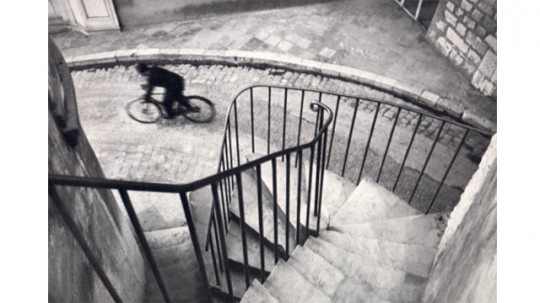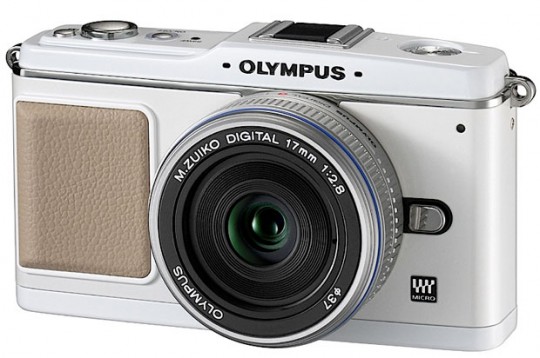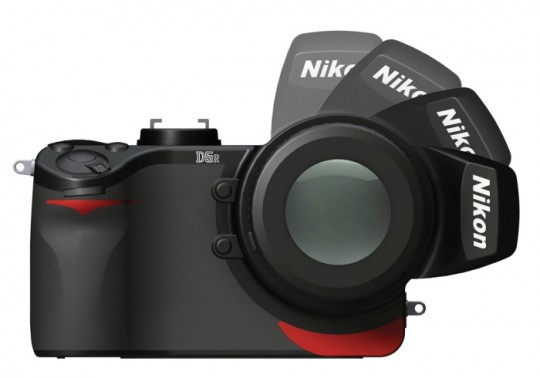You shouldn’t be surprised at the results of these two similar experiences:
A flickr user seeking critique, uploads a photograph (above) by Henri Cartier-Bresson, “father of modern photojournalism”. The criticism received was harsh and the photo got deleted from the DeleteMe! photo pool.
A world class violinist, Joshua Bell, plays music on his Stradivarius in the Metro system. After 43 minutes of playing, few notice and he has made $32.17.
A senior curator, Mark Leithauser, at the National Gallery, explains how this happens:
“Let’s say I took one of our more abstract masterpieces, say an Ellsworth Kelly, and removed it from its frame, marched it down the 52 steps that people walk up to get to the National Gallery, past the giant columns, and brought it into a restaurant. It’s a $5 million painting. And it’s one of those restaurants where there are pieces of original art for sale, by some industrious kids from the Corcoran School, and I hang that Kelly on the wall with a price tag of $150. No one is going to notice it. An art curator might look up and say: ‘Hey, that looks a little like an Ellsworth Kelly. Please pass the salt.'”
Leithauser’s point is that we shouldn’t be too ready to label the Metro passersby unsophisticated boobs. Context matters.
People rely on signalling to provide context. If it’s at the Met or Lincoln Center, it must be good. Similarly, if they have a Stanford or Harvard MBA, they must be qualified. Signalling makes sense in a complex world where nobody can be the master of everything. With specialization, we may be good at what our job requires, but we outsource reputation/credibility to 3rd party indicators (such as prestigious museums, universities, award shows, etc.).




